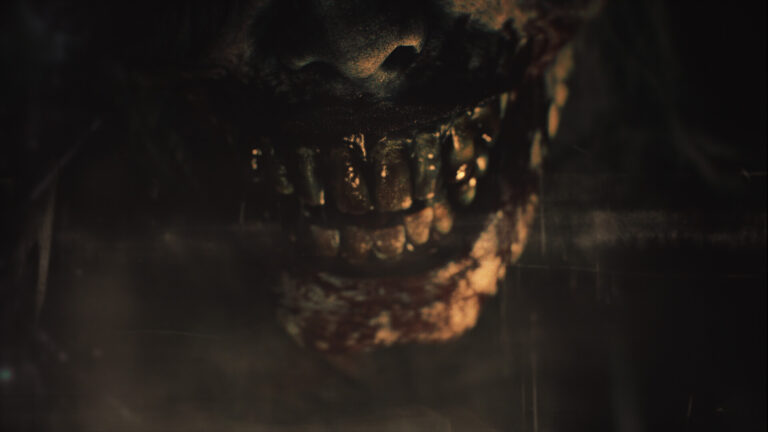
Released for the Sega Dreamcast in 2000, Carrier is one of the gems of old-school survival horror games attempting to follow in the footsteps of the trendsetters at the time like Resident Evil and Silent Hill. Controlling like your typical survival horror game with tank controls, fixed camera angles, and limited supplies, Carrier set itself apart with a few unique features and the perk actually being scary and tense. A PlayStation 2 sequel was planned, titled Carrier: The Next Mutation, but was cancelled. Why was that? Let’s delve into this game and find out.
The story of Carrier takes place on a giant military vessel carrier, named the Heimdal, returning from an attack mission that stops transmitting all communication. As usual a response team is sent in to see what happened, dubbed the SPARC team (STARS?). The ships defense turrets shoot down your helicopter and you crash land on the flight deck. Your two main characters, Jack Ingles and Jennifer Manning, are separated by the crash and you begin the adventure as Jack, entering the ship to find medical supplies for your wounded pilot. Throughout the game you find plenty of journals and notes to read that give you insight to the backstory, such as to what the Heimdal was doing before the game begins and even the state of the world and its government’s activities, something other horror games didn’t situate on.

Unlike most other horror games at the time, Carrier didn’t use pre-rendered backgrounds, allowing the camera to follow the player around and light to interact with the environment. All over the game, lights are flickering and going out. Also because the environments aren’t pre-rendered, players can use timed bombs to open doorways and find hidden passages beneath debris and mutant fungus spreading throughout the ship. When aiming, the character would stand still and you spun in a circle to aim your weapon, but you could also focus aim using a cursor appearing over enemies to target their legs, arms, or head respectively. Now check that out, a game that uses fixed camera angles and Resident Evil 4’s famous pinpoint aiming system!
Another feature that was innovative at the time and ramped up the tension was a special set of goggles given to the player that allows them to view environments in first person but also scan other NPC’s to check for signs of infections. There are numerous NPC’s you run across that you need to save as part of your mission and sometimes you’ll find some that don’t trust you or others, believing the people around them to be infected. You can use the goggles to determine who are fakes and even see invisible creatures from time to time. Every time you ran into a person was a threatening ordeal, because they may just start shooting you, even though you’re a normal human being.

That covers the games unique features. As for the rest, it’s your typical B-script dialogue and cliché plot, but the gameplay, tension, environments were top notch for the time it was released and stands today as one of my favorite horror games. It also included a lot of small details that made it memorable, such as the way the game moans “Carrier…” when you begin a new game and puzzle solving and key fetching of other horror titles.
The story stood out just enough to possibly grow into a competitor to other games, but it unfortunately never got the spread and reach it needed to. How come? For starters, it was released in January 2000, one month before Resident Evil: Code Veronica. Being the bigger series, most people probably had their eyes on the 4th game in Resident Evil‘s main series. It’s also possible that while some people loved it for its similarities to Resident Evil, such as myself, others might have been upset by how much it borrowed. Realistically, if the infection in the game happened to be the T-Virus and the games name was switched, you would basically have another entry in the Resident Evil series with some new characters; it’s that similar.
What could remaking Carrier or creating a sequel do for modern gaming? I believe Carrier is a good example of a horror game that breaks the mold. Although it follows a few cliché’s, it isn’t a virus infecting the ship, or a parasite that turns its hosts into gun-toting maniacs. The environments are unique, being the only game I can think of to take place entirely on a military vessel. There is an entire submerged section of the ship that forces you to wade through waist high water, eliminating your ability to run and killing your visibility of the amphibious enemies. It felt nice to play a game that wasn’t set in another dilapidated building or insane asylum. On the plus side, the enemies make some truly horrific noises and the games atmosphere feels alive, whether you’re stalking the dark hallways or running around on the ships surface in the rainy thunder storming night sky.
If interested in seeing the game in action, there are a few Let’s Play’s on YouTube you can easily find. Have you played Carrier and have something to say about it? Sound off in the comments below.

 TaylorJD92
TaylorJD92


